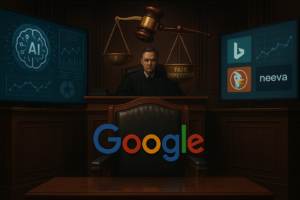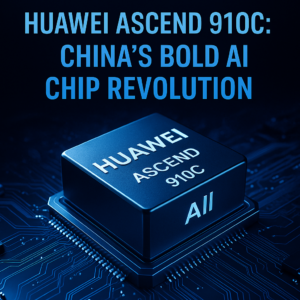Nobel Prize in Physics 2024 Announcement
In a historic announcement, the Nobel Prize in Physics for 2024 has been awarded to two prominent scientists, John J. Hopfield and Geoffrey E. Hinton, whose innovative work in artificial intelligence has significantly advanced the field of machine learning. This recognition marks a pivotal moment in the intersection of physics and AI, showcasing how foundational principles of physics can lead to transformative technologies in various domains.
John J. Hopfield
John Hopfield, a professor at Princeton University, is renowned for developing the concept of associative memory networks. His work involves creating systems that can store and reconstruct patterns, which is essential for tasks such as image recognition and data retrieval. Hopfield’s associative memory model mimics the way human memory functions, allowing for the retrieval of information based on partial inputs—a critical feature for enhancing the capabilities of AI systems.
Geoffrey E. Hinton
On the other hand, Geoffrey Hinton, often referred to as the Godfather of AI, has played a crucial role in advancing deep learning techniques. His research has focused on creating algorithms that enable machines to autonomously identify patterns and properties within large datasets. Hinton’s contributions include the development of backpropagation networks, which are fundamental for training deep neural networks. These networks have become the backbone of many modern AI applications, from computer vision to natural language processing.
The Nobel Committee highlighted that the laureates’ work has had profound implications not only in the realm of physics but across various scientific disciplines. The integration of artificial neural networks into physics research has enabled scientists to:
- Develop new materials with specific properties
- Tackle complex simulations
- Enhance data analysis techniques
As Ellen Moons, chair of the Nobel Committee for Physics, stated, “The laureates’ work has already been of the greatest benefit.”
The inspiration behind Hopfield and Hinton’s innovations stems from a desire to replicate the functionality of the human brain in computational models. In artificial neural networks, nodes represent neurons, and the connections between them emulate synaptic relationships. This design allows AI systems to learn from data in ways that are similar to human cognition, paving the way for advancements in machine learning that were previously thought to be unattainable.
The Nobel Committee also acknowledged the significance of the work conducted by these scientists since the 1980s, emphasizing that we are only beginning to recognize the full scope of their contributions. The models they introduced have not only revolutionized AI but have also laid the groundwork for addressing some of society’s most pressing challenges, such as:
- Climate change
- Healthcare
- Technological development
Hinton’s recent departure from Google to focus on the ethical implications of AI further underscores the importance of responsible AI development. His advocacy for proper regulation and oversight reflects a growing awareness of the potential risks associated with unchecked AI advancements. As AI continues to evolve, the need for ethical considerations and fairness in AI algorithms becomes increasingly critical.
Conclusion
In conclusion, the awarding of the Nobel Prize in Physics to John J. Hopfield and Geoffrey E. Hinton underscores the remarkable achievements in artificial intelligence that have significant implications across various fields. Their pioneering work not only enhances our understanding of machine learning but also inspires future generations of researchers to explore the untapped potential of AI in solving complex problems. As the world increasingly relies on AI-driven solutions, recognizing such foundational contributions is essential for fostering innovation and ensuring responsible use of technology.


